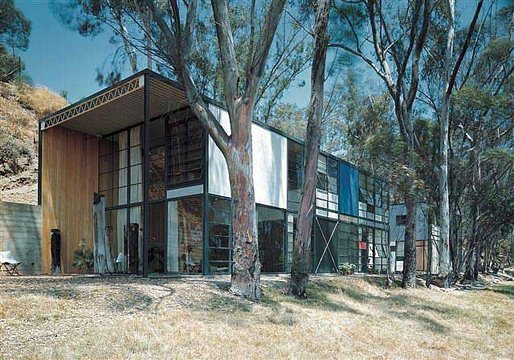What is a Workhome?
The building type that combines dwelling and workplace has existed in a multitude of different forms for hundreds, if not thousands, of years. But, strangely, very little has been written about it. It seems to have resisted collection and classification. Carl Linnaeus said: “Without a name, the knowledge of an object is lost”. This may be key.
Until the industrial revolution, the workhome was in almost universal use, called ‘house’, with sub-sets of ale-house, bake-house etc. But through the twentieth century the term ‘house’ gradually came to mean a building in which we cook, eat, sleep, bathe and watch TV, nothing more. And as a result the building that combines dwelling and workplace became nameless.
Until, that is, the term ‘live/work’ was coined in the 1970s, generated as part of a highly successful branding exercise for loft developments in SoHo, New York. These were marketed as an innovative building type that facilitated an exciting new lifestyle. But nothing could have been further from the truth. Home-based work was the norm until and beyond the industrial revolution, and the ‘live/work’ unit was merely the latest incarnation of an age-old building type.
However, in the absence of any other name, ‘live/work’ has gradually begun to be used as a generic term for buildings that combine dwelling and workplace. This is problematic as the term is still closely associated with the loft-style apartment. It does not sit easily with the wide range of other dual-use buildings such as the pub, the vicarage, the corner shop, the workshop or office in the house or at the bottom of the garden, or the studio-house. These and many others have therefore tended to be ignored in discussions of ‘live/work’.
It has become clear that a new generic term is needed, to describes all the buildings that combine dwelling and workplace. We have coined the term ‘workhome’, simple and clear.







